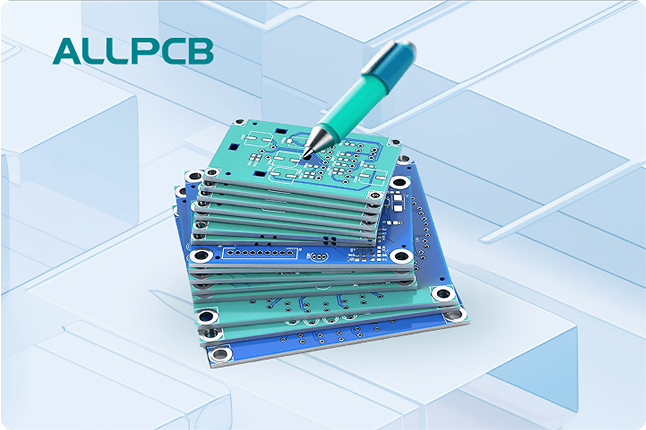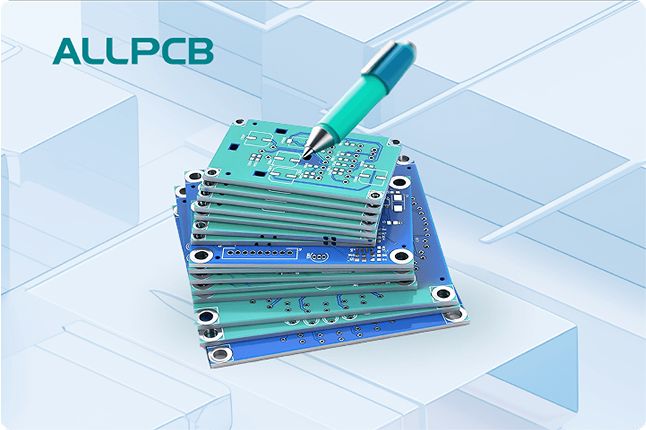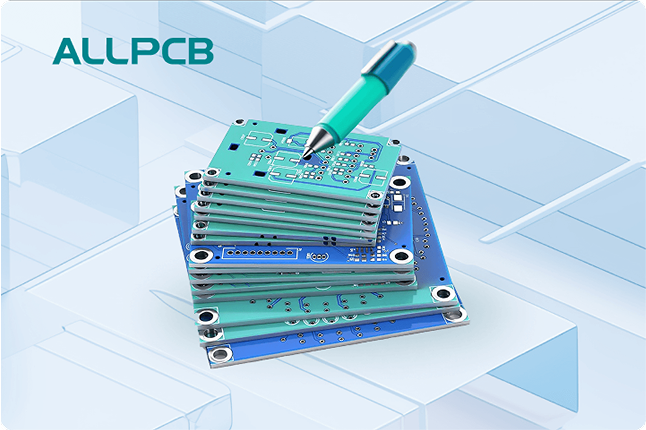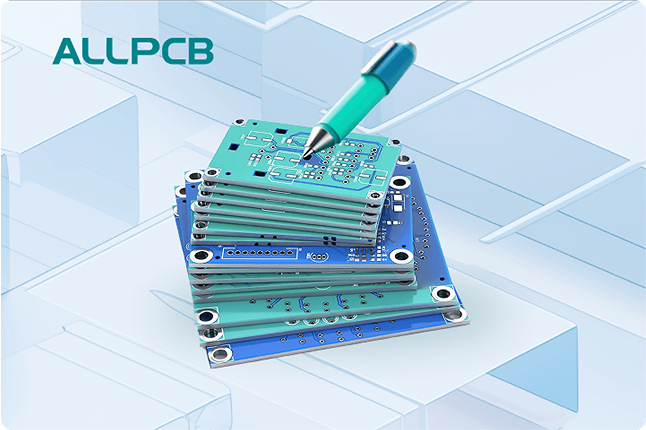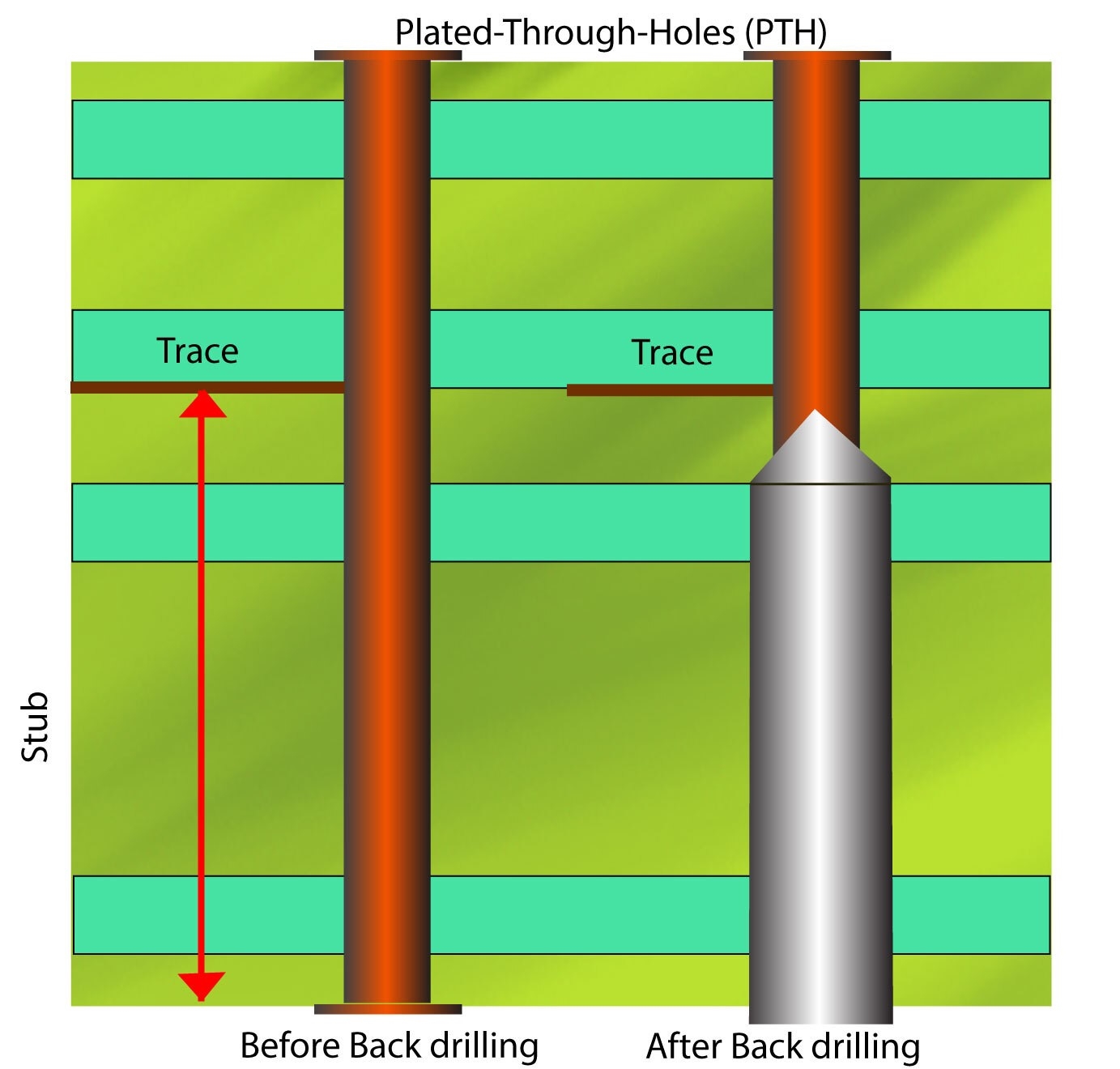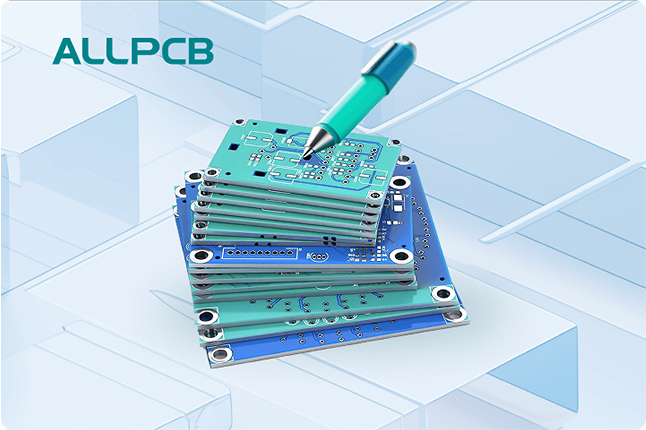In high-frequency PCB designs, crosstalk can ruin signal integrity and cause performance issues. So, how do you optimize your PCB layer stack-up to minimize coupling and suppress crosstalk? The answer lies in strategic layer arrangement, proper grounding, and spacing techniques. By placing signal layers between ground planes, maintaining consistent impedance, and using specific stack-up configurations, you can significantly reduce interference in high-frequency designs. In this blog, we’ll dive deep into practical methods to achieve this, tailored for engineers working on complex circuits.
Understanding Crosstalk in High-Frequency PCB Designs
Crosstalk is the unwanted electromagnetic interference between adjacent traces or layers in a printed circuit board (PCB). In high-frequency designs, where signals switch at rapid rates (often above 100 MHz), crosstalk becomes a critical issue. It can lead to data errors, timing issues, and overall degraded performance. The primary cause of crosstalk is coupling—either capacitive or inductive—between nearby conductive paths. For PCB layers operating at high frequencies, minimizing coupling is essential to maintain signal clarity.
High-frequency signals are more prone to crosstalk because their fast rise times and short wavelengths increase the likelihood of electromagnetic fields interfering with neighboring traces. This is especially true in multilayer PCBs, where traces are packed tightly across different layers. Understanding how to structure your PCB layers can make a huge difference in controlling this interference.
Why PCB Layer Stack-Up Matters for Crosstalk Suppression
The layer stack-up of a PCB refers to the arrangement of conductive and insulating layers in a board. A well-designed stack-up is your first line of defense against crosstalk in high-frequency designs. The way you position signal layers, ground planes, and power planes directly impacts how much coupling occurs between traces. A poorly planned stack-up can amplify interference, while an optimized one can suppress it.
For instance, placing a ground plane between two signal layers creates a shielding effect, reducing electromagnetic coupling. Similarly, ensuring symmetry in the stack-up helps maintain consistent impedance—often targeted at 50 ohms for high-frequency signals—which further minimizes signal distortion. Let’s explore how to build an effective stack-up for crosstalk suppression.
Key Principles for Optimizing PCB Layers in High-Frequency Designs
Optimizing your PCB layer stack-up requires following a few core principles. These guidelines ensure that high-frequency signals remain clean and interference-free.
1. Use Ground Planes as Shields
Ground planes act as barriers that absorb and redirect electromagnetic fields, preventing them from coupling between signal layers. In a multilayer PCB, always sandwich signal layers between ground planes. For example, in a 6-layer PCB, a common stack-up might be:
- Layer 1: Signal (Top)
- Layer 2: Ground
- Layer 3: Signal
- Layer 4: Signal
- Layer 5: Ground
- Layer 6: Signal (Bottom)
This configuration ensures that each signal layer is adjacent to a ground plane, reducing crosstalk by up to 70% compared to configurations without shielding layers, based on typical industry simulations.
2. Maintain Symmetry in Stack-Up Design
Symmetrical stack-ups help balance the board’s electrical properties, ensuring uniform impedance and reducing signal reflections that can worsen crosstalk. For instance, if you have a 4-layer PCB, arrange it as:
- Layer 1: Signal
- Layer 2: Ground
- Layer 3: Power
- Layer 4: Signal
This symmetry keeps the dielectric thickness consistent across layers, which is crucial for high-frequency designs where impedance mismatches can cause signal delays or interference.
3. Control Dielectric Thickness
The thickness of the dielectric material between layers affects the coupling capacitance. Thinner dielectrics increase capacitance, leading to more crosstalk. For high-frequency designs, aim for a dielectric thickness that balances board size and coupling reduction—typically 4 to 8 mils (0.1 to 0.2 mm) between signal and ground layers. This range often provides a good trade-off, maintaining a controlled impedance of around 50 ohms while minimizing interference.
4. Separate High-Speed Signals Across Layers
Distribute high-speed signals across different layers to avoid close proximity. For example, if you’re working on a design with multiple high-frequency signals (like DDR memory lines operating at 1 GHz), route them on separate signal layers with ground planes in between. This physical separation cuts down on inductive and capacitive coupling, ensuring cleaner signal transmission.
Advanced Techniques to Minimize Coupling in PCB Layers
Beyond basic stack-up principles, there are advanced strategies to further suppress crosstalk in high-frequency PCB designs. These methods require careful planning but yield significant improvements in signal integrity.
1. Implement Guard Traces
Guard traces are grounded traces placed between high-speed signal lines on the same layer. They act as mini-shields, absorbing stray electromagnetic fields. For optimal results, space guard traces at a distance of at least 3 times the width of the signal trace (known as the 3W rule). This spacing reduces coupling by creating a low-impedance path for interference to dissipate.
2. Optimize Trace Spacing and Width
On the same layer, increase the spacing between high-frequency traces to reduce coupling. A general rule is to keep spacing at least 3 times the trace width. Additionally, maintain consistent trace widths to avoid impedance variations. For a 50-ohm impedance, a trace width of 5 mils (0.127 mm) on a standard FR-4 substrate with a 4-mil dielectric often works well. Use simulation tools to verify these values for your specific design.
3. Use Differential Pair Routing
For critical high-frequency signals, such as those in USB 3.0 or PCIe interfaces, route them as differential pairs. Differential signaling inherently cancels out common-mode noise, including crosstalk. Keep the pair’s traces close together (within 5 mils) and ensure they are length-matched to avoid timing skews, which can introduce new issues at frequencies above 1 GHz.
4. Choose Low-Dk Dielectric Materials
The dielectric constant (Dk) of the PCB material impacts signal speed and coupling. Materials with a lower Dk, such as Rogers or Isola high-frequency laminates (Dk around 3.0 to 3.5), reduce capacitive coupling compared to standard FR-4 (Dk around 4.5). While these materials are more expensive, they’re worth considering for designs operating above 5 GHz.
Common Stack-Up Configurations for High-Frequency Designs
Let’s look at some practical stack-up examples for different layer counts, optimized for crosstalk suppression in high-frequency applications.
4-Layer Stack-Up
For simpler high-frequency designs, a 4-layer board is often sufficient. Use this configuration:
- Top: High-speed signals
- Inner 1: Ground plane
- Inner 2: Power plane
- Bottom: Low-speed signals or additional high-speed lines
This setup ensures high-speed signals are shielded by the ground plane, though it’s less effective for very dense designs due to limited layers.
6-Layer Stack-Up
A 6-layer board offers more flexibility for complex designs:
- Top: High-speed signals
- Inner 1: Ground
- Inner 2: Signal (secondary high-speed)
- Inner 3: Signal (low-speed)
- Inner 4: Power
- Bottom: Ground
This arrangement provides multiple ground planes for shielding and separates high-speed signals across layers.
8-Layer Stack-Up
For advanced high-frequency designs, an 8-layer PCB is ideal:
- Top: Signal
- Inner 1: Ground
- Inner 2: Signal
- Inner 3: Ground
- Inner 4: Power
- Inner 5: Ground
- Inner 6: Signal
- Bottom: Signal
With multiple ground planes, this stack-up offers excellent crosstalk suppression, even for signals operating at 10 GHz or higher.
Tools and Simulations for Stack-Up Optimization
Designing a stack-up for high-frequency designs isn’t just about following rules—it also requires validation. Use PCB design software with built-in simulation tools to model crosstalk and impedance. Popular tools allow you to input your stack-up configuration, trace geometry, and material properties to predict coupling levels. Aim for crosstalk levels below -40 dB for critical high-speed signals, adjusting your design as needed based on simulation results.
Additionally, consider pre-layout and post-layout analysis to catch issues early. Pre-layout simulations help you choose the right stack-up, while post-layout checks verify that routing doesn’t introduce unexpected coupling. These steps are crucial for designs operating above 1 GHz, where small errors can have big impacts.
Practical Tips for Implementing Your Stack-Up Design
Here are some final actionable tips to ensure your PCB layer stack-up effectively suppresses crosstalk:
- Collaborate with your PCB manufacturer early to confirm material availability and dielectric thicknesses for your stack-up.
- Document your impedance requirements (e.g., 50 ohms for RF signals) and share them with your design team to avoid mismatches.
- Prioritize ground plane continuity—avoid splitting ground planes unless absolutely necessary, as splits can create return path issues.
- Test prototypes under real-world conditions to validate your design, especially for frequencies above 5 GHz.
Conclusion: Building Better High-Frequency PCBs
Optimizing your PCB layer stack-up for crosstalk suppression is a critical step in high-frequency designs. By strategically arranging PCB layers, using ground planes as shields, and applying advanced techniques like guard traces and differential routing, you can minimize coupling and ensure signal integrity. Whether you’re working on a 4-layer board for a simple RF circuit or an 8-layer design for a high-speed digital system, the principles remain the same: prioritize shielding, symmetry, and spacing.
With the right stack-up, your high-frequency PCB can achieve cleaner signals, fewer errors, and better overall performance. Start by planning your layers carefully, simulate your design, and refine it based on real-world testing. Your efforts will pay off in reliable, interference-free circuits ready for the demands of modern electronics.
 ALLPCB
ALLPCB


